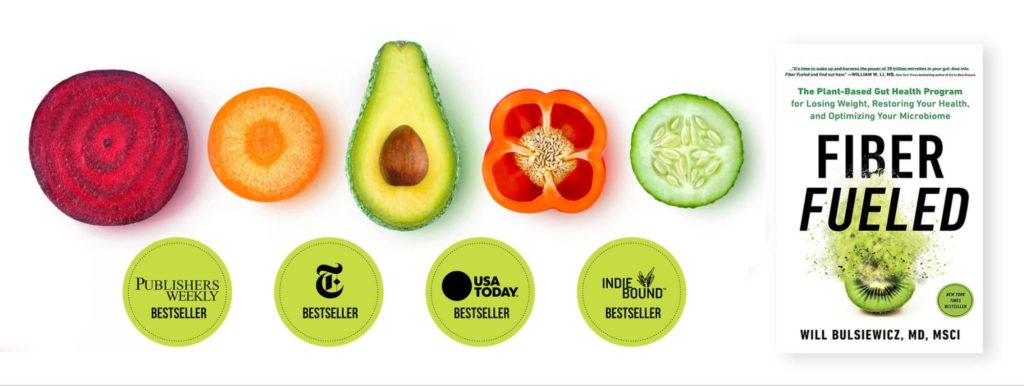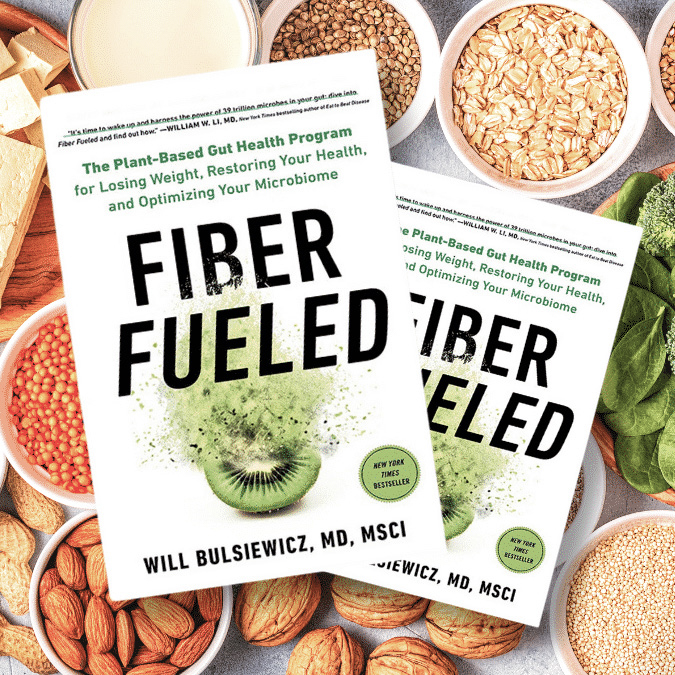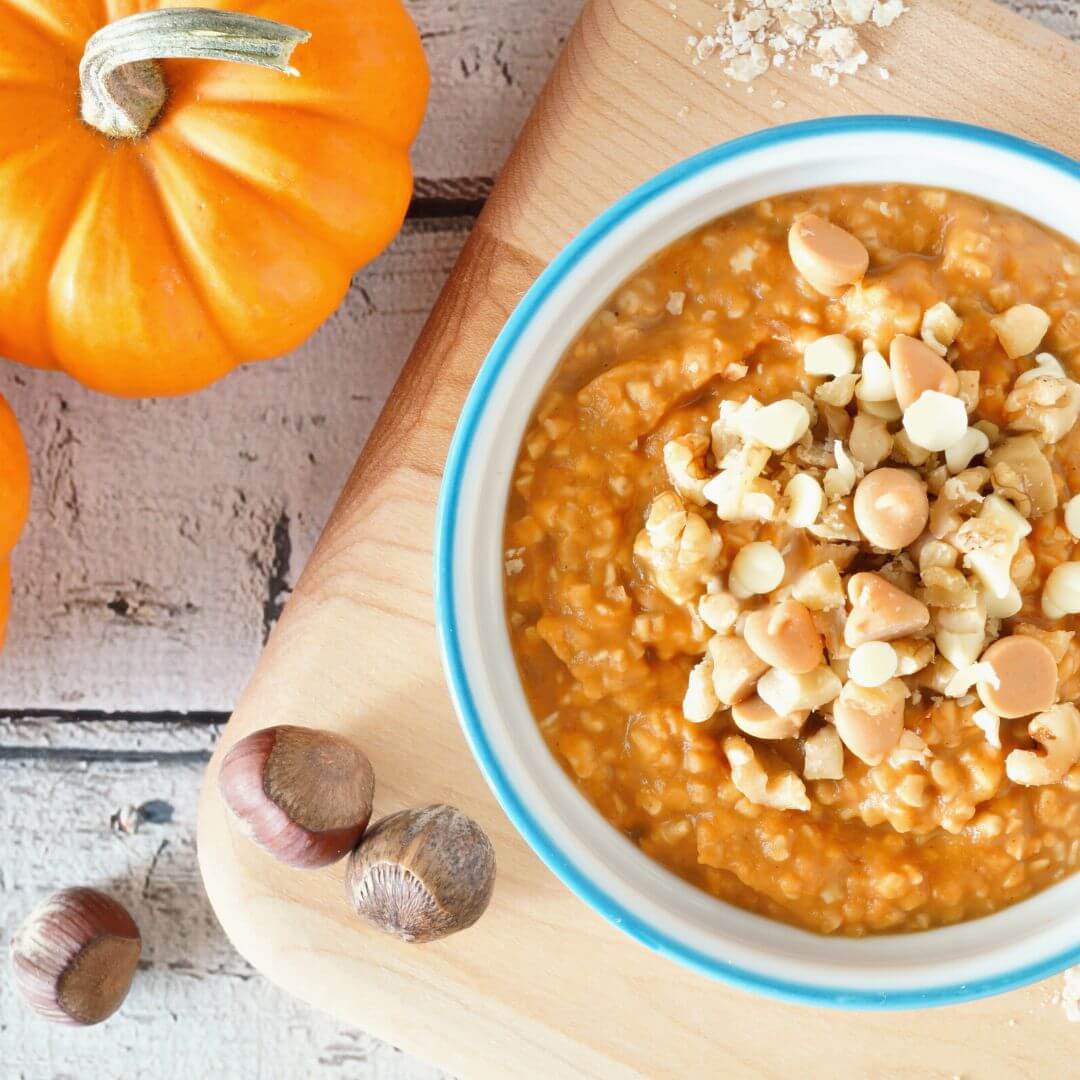This website uses cookies so that we can provide you with the best user experience possible. Cookie information is stored in your browser and performs functions such as recognising you when you return to our website and helping our team to understand which sections of the website you find most interesting and useful.
mindset
podcast
plant-based tips
meal prepping
meal planning
listen now
Plant-based inspiration and wisdom for your nutrition journey
Plant Centered &
Thriving Podcast
Tune in!
learn more
My motto? Take it step by step. Everyone’s on a different journey, and nutrition never looks exactly the same for any two people. To build sustainable, healthful eating habits, I believe in a personalised approach that gets to the root of your unique needs and goals.
Your Registered Dietitian Nutritionist & plant-based eating advocate
hey! I'm Ashley Kitchens
“Not all microorganisms like kale.”
If you’re curious to learn more about the scientifically proven tips for a healthy gut from a plant-based gastroenterologist, then you’ve come to the right place.
Dr Will Bulsiewicz (or “Dr B”) is an award-winning gastroenterologist, internationally recognized gut health expert and the New York Times bestselling author of Fiber Fueled and The Fiber Fueled Cookbook. He sits on the Scientific Advisory Board and is the U.S. Medical Director of ZOE, has authored more than twenty articles published in peer-reviewed scientific journals, has given more than forty presentations at national meetings, presented to Congress and the USDA, and has taught over 10,000 students how to heal and optimize their gut health. He lives in Charleston, South Carolina, with his wife and children.
Today he’s sharing with us:
- The 4 pillars to a healthy gut
- Where cravings come from
- The difference between pre- and probiotics
- Whether or not we should take a probiotic
- The problem with FODMAP

The 4 Pillars of Gut Health
1. Fermented Foods
Fermented foods contain probiotics, which are the microorganisms that live in your gut. A new study from Stanford University found that when people increased their fermented food consumption, basically from zero to consuming fermented foods on a daily basis, over the course of ten weeks, they increased the diversity in their gut microbiome, and they also reduced the measures of inflammation in their gut.
Dr B recommends that we should be feeding and fueling our gut microbes that are already there, and we should be turning towards fermented foods because most of us are not, but they have great health benefits.
2. Dietary Fiber
Most people, especially those eating the standard American diet, are completely inadequate in their fiber consumption. Instead of focusing so much on protein, they should start asking, “Where am I going to get my fiber from?”
A fiber trial led by Andrew Reynolds in 2019 showed that more consumption of dietary fiber can help decrease the risk of getting heart disease, three types of cancer, having a stroke and being diagnosed with diabetes. These are four of the top ten causes of death in the United States. This means that we could be addressing our public health issues by simply consuming the appropriate amount of fiber.
Fiber is a prebiotic, it is fuel for the microbiome. When it contacts your microbes, they produce short-chain fatty acids, which have healing and anti-inflammatory qualities.
3. Eating a Plant Variety
It’s not only about the quantity of fiber, but also about a variety of plants. Every single plant has fiber, and every single plant is going to feed specific families and microbes. It might be hard to imagine because they’re invisible to our naked eye, but our gut microorganisms are alive and they’re much like us. They are picky eaters, so not every single one of them likes kale.
We need variety because when we do eat various plants, we are feeding all of our gut microorganisms. So, perhaps the most important of the four pillars, according to Dr B, is to focus on variety in your diet. A rule of thumb that he likes to share is to eat about 30 different plants a week to get enough fiber and variety.
4. Lifestyle
Don’t lose sight of the importance of being well-rested and moving. Staying physically active, like taking a walk in your neighborhood, is really good for you. Other things that are great for your gut are reducing stress, dealing with things that are unsettled in your life, and understanding your circadian rhythm. Supporting the latter means being cautious about engaging with technology, especially in the evening. At that time of day, it’s better to be unwinding and reading a book.
A Craving Gut
Now that you know how to take good care of your gut, let’s talk about what the gut wants. Because it is believed that the gut does affect our cravings and taste buds. Dr B shares that research shows that among people who crave chocolate, there is a metabolite present in their blood that causes cravings. Where does that come from? The answer is your microbiome.
Your microbiome is actually sending a signal which is motivating you to gravitate toward this food. Now, this is one example of how we can develop cravings for specific foods. But it’s likely that there’s a process that exists for many foods where the gut microbiome is involved in creating our cravings. And this is a general anecdotal experience of most people who change their diet to a plant-based diet. A lot of them agree that you actually stop craving the foods that you once loved after a little while.
The reason for this is that your taste buds change over time. It takes a little bit of time to get through some of those cravings that you once had – especially at the start of your plant-based journey – but you’ll get there eventually. And it’s important to acknowledge that this is a process. It’s a journey, and it’s not a perfect journey. You might stumble on a root or you might take a pause off to the side for a little bit and get lost. But at the end of the day, if you’re making progress and slowly inching closer to your goal, that’s something to be proud of!
Probiotics and Prebiotics
As we’ve already discussed in the 4 pillars of gut health, there are certain microorganisms living in your gut. These are called probiotics. It has been demonstrated through clinical research that probiotics have great benefits for human health. They are living microbes, which could be bacteria or yeast, that exist inside of us. And quite simply, if you feed them, they will become empowered. Probiotics exist, for example, in fermented foods, which is why they are one pillar of gut health, according to Dr B.
But what about probiotic supplements? These are supplements that contain various living microorganisms for your gut – as opposed to prebiotics, which will feed the organisms that you already have inside you.
First, it’s important to understand that your microbiome is unique. Not a single two people have the same microbiome. We maybe share about 35%, but other than that, we are completely unique. Therefore, the response to a probiotic capsule is going to be completely unique. In the worldwide population, there is going to be a subset of microbiomes that do well with a certain probiotic, and there’s going to be a subset in all cases that don’t actually do well with that probiotic. If it is something that you choose to take, ask yourself if it makes you feel any better.
In Dr B’s opinion, the first step should always be prebiotics to empower what you already have, as well as introducing fermented foods into your diet. But maybe that doesn’t work for you, so you try a probiotic supplement. And if you introduce the probiotic and it benefits you – as long as you’re comfortable with the cost – there is nothing wrong with that. If it doesn’t increase your health, on the other hand, then it is just a waste of money.
The Problem with FODMAP and Food Intolerances
The Low FODMAP Diet has become a popularized diet for people suffering from gastrointestinal issues. FODMAP is short for “fermentable oligo-, di-, monosaccharides and polyols” and is a three-step elimination diet. FODMAP describes various groups of carbohydrates or alcohol that can be found in a lot of foods but, allegedly, aren’t being absorbed well by the gut or are hard to digest. Even though these diets can help patients with their digestive problems, they also have a downside.
Research studies have looked at a low FODMAP diet where people stay low FODMAP, or a gluten-free diet where people stay gluten-free, or a Paleo diet where people eliminate legumes and whole grains. The results of these studies have all found that the gut microbiome becomes less healthy.
If you find benefits from an elimination diet, it’s often a temporary improvement. Over time, your gut microbiome actually becomes less healthy. This can lead to new food intolerances that start showing up. It is a spiral into something that you don’t want to get into when in fact, you could be building up towards something that’s better for your health. [link train your gut, part 2 post]
It’s a shame to see where FODMAP is going because the low FODMAP diet was never meant to be implemented the way that it is being implemented on the Internet. It’s a misinterpretation by people who don’t actually understand the development of the low FODMAP diet, which was at Monash University in Melbourne, Australia.
The low FODMAP diet was always meant to be for temporary elimination, temporary restriction, and subsequent reintroduction and escalation. So, low FODMAP actually allows you to bring these foods back on board because they are prebiotic foods. They feed and nourish your gut microbiome. In Dr B’s opinion, these tests that you can take to show you what foods you should avoid weren’t backed up by science either – yet anyway.

Listen to the podcast episode
IF YOU LOVE US, TELL US
If you enjoyed this episode, go ahead and hit SUBSCRIBE. There is a new episode every Monday. Click here to subscribe on iTunes.
And if you’re feeling generous, take a few seconds to leave The Plant Centered and Thriving Podcast a review on Apple Podcasts. Hearing what you think helps me to curate the best content possible that will benefit YOU. So all you do is click here to review, click “Ratings and Reviews” and “Write a Review.”
Relevant Links
If you want to connect with Dr B, visit the following:
- Instagram: @theguthealthmd
- Website: theplantfedgut.com
Leave a Reply Cancel reply
more to explore
more to explore
Get weekly guidance to support your plant-based journey while strengthening your relationship with food, including weekly plant-based recipe ideas, tips, encouragement and so much more.
Join our newsletter
want blog updates?
explore
Founded by registered dietitian Ashley Kitchens, Plant Centered Nutrition shares approachable, evidence-based insights to inspire a balanced, plant-forward lifestyle. Ashley partners with brands, podcasts, and publications to show that healthy eating doesn’t have to be complicated—it just has to feel good and fit your life.
making plant-based eating easy, joyful, and realistic.


























share
click to LEAVE A COMMENT